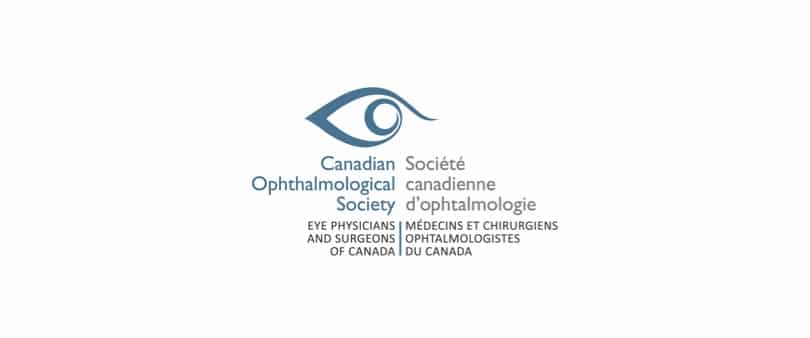Vision Health Month: Canada’s Aging Population Need to Prioritize Eye Health and Vision Loss Prevention
Thursday, May 4 2023 | 14 h 35 min | News, Press Release
May is Vision Health Month, and the Canadian Ophthalmological Society (COS) wants to stress the importance of vision health care, especially when assessing the overall needs of Canadian seniors. According to a 2022 survey by the COS, 4 in 10 Canadians (41%) have experienced or been diagnosed with at least one change to their eye health over the past two years – with this number increasing to 56% among respondents aged 65 and over.
More than 1.2 million Canadians live with vision loss today, and over 8 million Canadians live with one of the four major eye diseases. Blinding diseases affect older adults (55+) at much higher rates, and as Canada’s population ages, the number of individuals affected by vision impairment will rise.
In an effort to address this, the COS is taking part in the National Seniors Council’s Aging at Home consultations – an initiative that aims to engage various stakeholders, including healthcare experts, to identify gaps and further support required for Canadians who wish to age within the comfort of their own homes.
“Vision loss can have a significant impact on the physical, cognitive, and emotional well-being of seniors, and their ability to live independently,” says Dr. Phil Hooper, President of the Canadian Ophthalmological Society. “Health care needs increase with age and many seniors require coordinated care that involves both surgical and medical interventions to address their vision loss, so developing solutions for this concern now will further support the Aging at Home initiative which, in turn, will allow seniors to live at home safely.”
Education and awareness of eye health and eye diseases are crucial to help reduce the risk of vision loss amongst seniors. While most Canadians are familiar (62%) with cataracts, only one-quarter (27%) of Canadians know that cataracts are the leading cause of blindness in the country. Less than half (47%) are familiar with glaucoma and only 39% are familiar with age-related macular degeneration (AMD) which is the second leading cause of blindness. Fewer are aware of diabetic retinopathy (22%) and contact lens-associated dry eye disease (26%).
Seniors with vision loss are more likely to enter residential care, and they may also be more likely to access residential care earlier because of vision loss. To minimize the risk of vision loss among seniors, the COS recommends:
- Focus on screening and collaboration among the eye care team: Frequent and regular eye exams will allow for earlier detection of blinding eye diseases, which will ensure earlier treatment to help delay the onset of vision loss.
- Increasing residency positions: One of the main concerns about the current surgical backlog is that over time it will worsen due to the growing need and there won’t be enough trained ophthalmologists. There is a need to increase the number of residency positions in ophthalmology across Canada and develop new models to allow the entry of internationally trained physicians.
- Creating a National Vision Health Desk: This will provide the pan-Canadian view necessary to help integrate care and increase access to vision health across Canada. A national-level view will help understand issues and address the lack of coordination at the government and patient levels.
Click HERE for the full press release.








